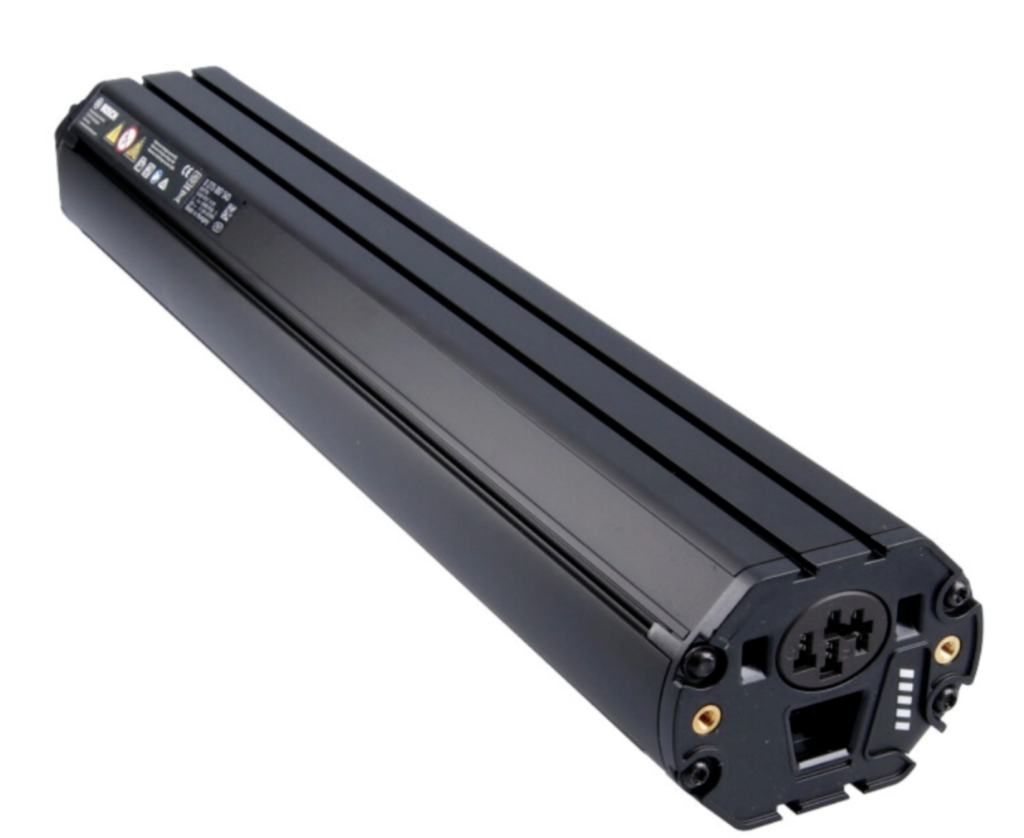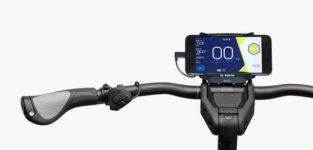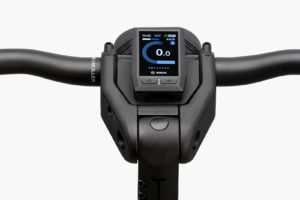You’ve done your research, shopped around for your ideal supplier (big wave from us at EDEMO!) and purchased your perfect e-bike.
But then you begin to wonder: Will technology move on rapidly, rendering your shiny new pride and joy the bike-tech equivalent of a penny-farthing within a year or so?
In this blog post, we dive into e-bike technology to answer just that question.
Battery

Batteries in older e-bikes were powered by lead-acid, which meant they were heavy and pretty darn chunky in size, compared to their modern counterparts. Batteries have now moved to lithium-ion, vastly reducing weight and size.
Small size reductions and tweaks have meant that instead of batteries sitting ‘on’ the frame – as seen in older e-bike models – manufacturers have developed slimline batteries that sit ‘within’ the frame, without sacrificing any capacity.
Charge times are slowly reducing too, and battery power to weight ratios are slowly improving – but it’s still the same lithium technology being used today as it was 5 years ago, with no sign of this changing any time soon.
Form
Importantly, these subtle developments in battery size and shape has allowed for a change in form. With these new integrated batteries, frames now look much slicker – and closer to their traditional, mechanical bike cousins. Redbull explains a little more: ‘e-bike geometry has caught up with contemporary non-assist [bikes], batteries and motors have become better integrated compared to the clunky-looking early bikes, and a range of specific components has helped to reduce breakages.’
All of this means that your new e-bike likely looks pretty darn streamlined already, so the only changes you may see in this area over the next few years is frame ‘bulk’ reducing even further – though the pace of change is likely to be much slower and more subtle, as there is a limit to how small batteries can likely become.
Weight
Weight is another key area where there has been significant change in the last few years. Many older e-bikes were heavy, and had a smaller battery pack (300 – 400Wh), leaving them fairly underpowered. Only a handful were made with the 500Wh pack at the time – top-notch then, but now perhaps considered ‘small’.
A few brands now have 500 – 750Wh batteries, but with the highest end brands – such as Riese and Müller – you can expect a 1000-1250Wh battery in the top spec models like the Homage, Superdelite and Supercharger2, packaged in the smallest, lightest possible way.
Frames can be made from a number of materials: steel is often used for e-bikes on lower priced bikes, while aluminium alloy composite, gravity formed tubing (like on the cleverly designed front end of the Homage) or even carbon fibre is used as the price increases. However, future frame weight changes that are on the horizon are negligible, and usually follow the same curve as the general mechanical bike industry – so we may see frames getting slightly lighter over the years, but so subtly, you may not even notice.
All of this means you’re unlikely to see a significant reduction in weight in newly released models, compared to the e-bike you’ve just purchased, any time soon!
Motors
For Riese and Müller electric bikes specifically, Bosch (the motor manufacturer) has updated the motors in newer models to a ‘Gen 4’, which has slightly more torque than previous iterations.
That said, most of us would be unlikely to notice a difference between a motor delivering 85 newton meters of torque, and one delivering 75 newton meters of torque typical of an older e-bike that’s been well-used for 6 years – it would only be those seasoned e-bike users who may be likely to pick up the subtle difference.
Tamara Winograd, Director of Marketing and Communications, Bosch eBike Systems, gives a bit more insight on what Bosch foresees for the future, saying, “motors will gradually become smaller, lighter, quieter and more integrated,” and goes on to suggest that “[e-mountainbikes] will also adopt more technologies that are being seen on other types of e-bike, such as Bluetooth and mapping.” Interestingly, Bluetooth and mapping already exists in the Kiox and Nyon displays available on most R&M bikes.
It’s also important to note that 250W of nominal power from the motor is currently the maximum UK legal limit and applies to all e-bikes – so you likely won’t see any changes in this area for the foreseeable future as your e-bike ages, and newer models are released with the same limit applied.
In summary
So in essence, hopefully you can see that there is no need to worry about your new e-bike becoming rapidly out of date! E-bikes from 5 years ago look and operate almost identically to newer models, and with higher end brands such as Riese and Müller, even more so.
Over the next 10 years, we will probably see models becoming slightly lighter still, frames looking increasingly more sleek, and navigation tech continuing to improve.
The technology will always move forward, as is its nature, but it’s important to remember that we’re all still using the same e-bike technology that we were using 5-10 years ago – just packaged slightly better!
Find out more
If you’d love to explore e-bike technology further, and even give one a whirl on a test ride, please don’t hesitate to get in touch.
Just at the start of your e-bike journey? Why not download our Buyer’s Guide covering everything you need to know about electric bikes.


















